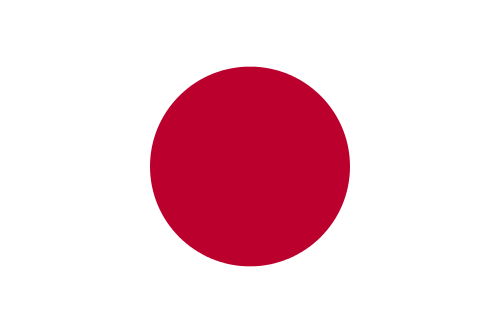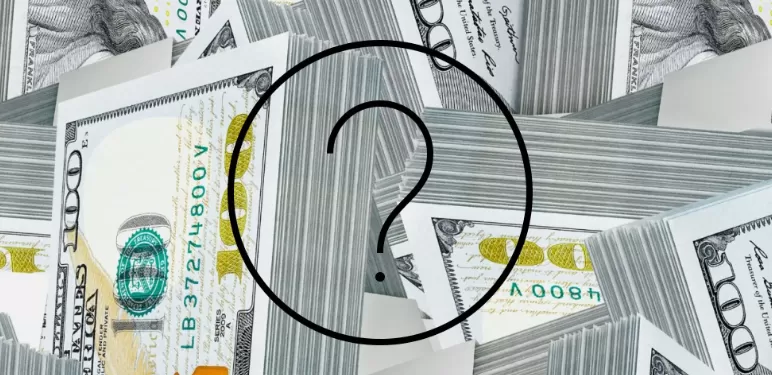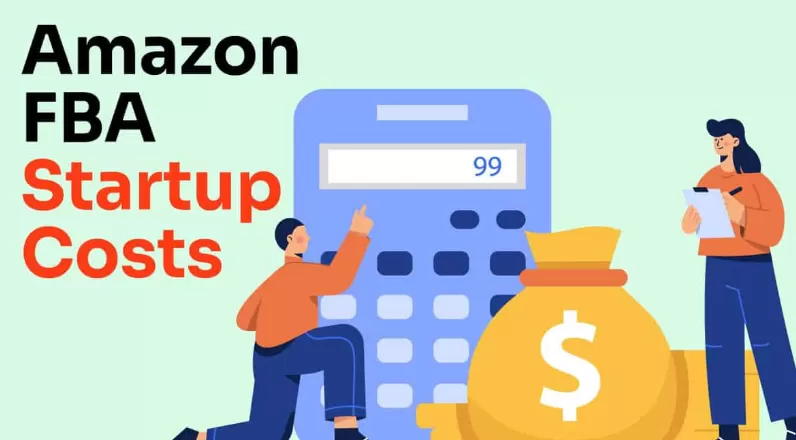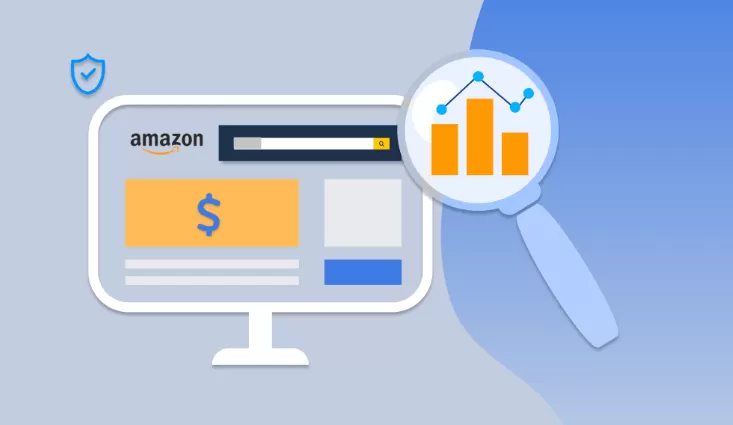Forget the guru hype. Starting an Amazon FBA business isn't about getting rich quick; it's about executing a well-capitalized plan. The biggest reason new sellers fail isn't a bad product—it's a depleted bank account mid-launch.
At [Your Freight Company Name], we've helped thousands of brands launch successfully. The difference between those that succeed and those that don't often boils down to one thing: a realistic, detailed budget that accounts for every single cost, especially international shipping.
Based on industry data from Jungle Scout and our own client data, the average startup cost is 2,500−5,000. But that number is meaningless without context. This guide will give you that context, plus the freight expertise you won't find anywhere else.
1. The Golden Rule: Why the "3x Inventory Cost" Principle is Non-Negotiable
You found a product that costs 5perunit.Youorder500pieces.Yourinventorycostis2,500. You're done budgeting, right? Wrong. This is the most common and fatal mistake.
Seasoned sellers live by one rule: Your Total Startup Cash = 3x Your Initial Inventory Cost.
Why?
That 2,500inventoryinvestmentrequiresanother 5,000 to make it successful:
Freight & Logistics: Getting those 500 units from your supplier's door to the Amazon FC is rarely less than 1,000−1,500.
Amazon Fees: Upfront FBA fees and ongoing storage/referral costs add up fast.
Marketing & Advertising: You can't sell without PPC. A proper launch budget is 500−1,000.
Hidden Costs: Samples, import tariffs, inspections, and—most critically—a cash flow buffer to keep you afloat until you start making consistent sales.
The Bottom Line: If your initial inventory order is 3,000,youshouldhaveatleast∗∗9,000 in available capital.** If that sounds high, you need to choose a smaller, lighter, or less expensive product.
2. The Ultimate Amazon FBA Startup Cost Breakdown (A Logistics View)
Here’s where we add depth you simply won't find on other blogs. We're focusing on the costs that are most often miscalculated.
2.1 The Non-Negotiables: Upfront Amazon & Business Costs (~100−700)
Amazon Professional Seller Account: $39.99/month.
GS1 UPC Barcode: $30. Don't buy cheap ones from third-party sites; Amazon will de-list you.
Business Registration (LLC/Inc.): ~$200. This protects your personal assets. Essential, not optional.
Trademark Registration: ~$350. Your key to Amazon Brand Registry, which is crucial for protection.
2.2 The Big One: Product & Inventory Procurement (500−10,000+)
Product Samples: Budget 200−500. Order samples from at least3 suppliers. This cost includes expedited air shipping. Never, ever skip this.
Initial Inventory Order: This is your largest variable. Use this formula:
(Unit Cost + Cost of Improvements/Packaging) x Minimum Order Quantity (MOQ)
Example: (4/unit+0.50 for a poly bag) x 500 units = $2,250.
2.3 The #1 Budget-Killer: International Shipping & Logistics (500−3,000+)
This is our expertise and where most blogs fail you.Your cost isn't just the product.
Shipping Mode: This is your biggest choice.
Air Freight (Express / Air Cargo): Fast (5-10 days), expensive. Good for small, light, high-value items. Cost is per kilogram (kg).
Sea Freight (LCL / FCL): Slow (30-45 days), economical. The standard for most FBA sellers. Cost is per cubic meter (CBM). A standard pallet is ~1 CBM.
The "Incoterms" Dictate Your Cost: This is critical. Who pays for what?
FOB (Free On Board) [Most Common]: You own the goods once they're loaded on the ship/plane. You pay for the main international freight and all destination costs. This gives you control.
EXW (Ex-Works): You own the goods at the factory. You arrange and pay for everything. Complicated for beginners.
DDP (Delivered Duty Paid): The supplier handles everything. Easier, but you have zero visibility and likely pay a premium.
Destination Charges (The "Hidden" Fees): When your goods arrive in the US, you must pay:
Duties & Taxes: Calculated based on your product's HTS Code. For most consumer goods, this is 0-5% of the product's value. This must be in your budget.
Customs Clearance: A customs broker files paperwork for you. (~100−300 per shipment).
Trucking (Drayage): Transport from the US port to the Amazon Fulfillment Center.
Amazon FBA Receiving: Amazon's fee to receive and process your inventory.
Pro Tip: Always get quotes from freight forwarders like us in USD, all-inclusive. Ask for a breakdown of ocean freight, destination charges, and duties.
2.4 Amazon's Fees: The Cost of Doing Business (Ongoing)
FBA Fulfillment Fees: Amazon charges to pick, pack, and ship. Based on size and weight. A small standard item is ~$3.50.
Storage Fees: Monthly fee per cubic foot your inventory occupies.
Referral Fees: A commission on each sale, typically 15%.
2.5 Branding & Launch Marketing (500−2,000)
Product Photography: 200−600. Don't cheap out here. Your images are your #1 sales tool.
Amazon PPC (Pay-Per-Click): Budget 500−1,500 for your first month to generate crucial initial sales velocity and reviews.
3. Your Launch Strategy: Mapping Budget to Reality
Based on your capital, choose your path:
Path A: The Bootstrapper (< $1,500)
Tactic: Retail/Online Arbitrage. No inventory risk.
Logistics Focus: You'll use Amazon's partnered carriers for small parcels. Simple but not scalable.
Reality Check: High time investment, lower margins. A good way to learn the platform.
Path B: The Standard Play (2,500−5,000) - [Recommended]
Tactic: Private Label. One product, 300-500 units.
Logistics Focus: This is where LCL Sea Freight shines. Your freight cost for 5 CBM (a small shipment) might be 1,200−1,800 all-in. This is the most cost-effective way to move meaningful volume.
Why it Works: Enough capital to properly source, ship, and market one product, giving it a real chance to succeed.
Path C: The Aggressive Scale ($10,000+)
Tactic: Private Label with multiple products or SKUs.
Logistics Focus: You graduate to FCL (Full Container Load) shipping for massive per-unit cost savings. You can afford professional freight management, customs consulting, and sophisticated inventory planning.
4. How to Protect Your Investment: A Freight Forwarder's Advice
Don't Choose the Cheapest Supplier. Choose the most communicative one. Logistics require partnership.
Get an Inspection. Before shipping, pay for a third-party inspection ($300) to avoid receiving 500 defective units.
Understand "Landing Cost". Your true cost per unit is: (Unit Cost + Freight Cost per Unit + Import Duties per Unit). Calculate your profit margin based on thisnumber, not just the factory price.
Get Help. Work with a licensed freight forwarder. We navigate tariffs, customs, and logistics daily. Our expertise often saves you more than our cost and prevents catastrophic mistakes.
Conclusion: Your Success is a Equation
Starting Amazon FBA is a numbers game. The "3x Rule" isn't a suggestion—it's a blueprint for survival. You can start small with arbitrage, but building a real brand requires a real investment, with international shipping being a significant and often underestimated line item.
The most successful sellers we work with are those who see freight not as a cost, but as a critical strategic function. They budget for it accurately, partner with experts, and factor it into every business decision.
Frequently Asked Questions (FAQs)
Q1: I see a lot of "get rich quick" Amazon courses. Should I invest in one of those before I start?
A: Be extremely cautious. While some courses offer structured learning, many overpromise and underdeliver. The core principles of finding a product, sourcing, and listing are widely available for free through reputable blogs, YouTube channels, and webinars. Your capital is better spent on your actual inventory and logistics. Before buying any course, deeply research the instructor's real, verifiable success and see if they offer a genuine, no-questions-asked refund policy.
Q2: How long does it typically take from transferring funds to a supplier to having stock ready to sell at Amazon?
A: This is the "critical path" that new sellers often underestimate. For a product sourced from China via sea freight (LCL), you're easily looking at a 60 to 90-day timeline. This includes: factory production (2-3 weeks), ocean transit (4-5 weeks), customs clearance and trucking to Amazon (1-2 weeks), and Amazon's own receiving and processing time (1-2 weeks). Always factor this lead time into your financial planning so you don't run out of cash waiting.
Q3: What happens if my first product completely fails and doesn't sell?
A: It's crucial to have an exit strategy. Your main option is to cut your losses. You can use Amazon's "Liquidations" program to recover a small percentage of your cost (usually 5-15%) by selling the entire inventory to a bulk wholesaler. Alternatively, you can have the inventory returned to you (costly) and try to sell it elsewhere (eBay, Facebook Marketplace) or even donate it for a tax write-off. This is why starting with a smaller, testable quantity is always wiser.
Q4: Can I run my Amazon FBA business as a solo founder, or do I need a partner?
A: You can absolutely run it solo, especially in the beginning. Many successful sellers are "solopreneurs." However, a partner can be beneficial for splitting the upfront investment, sharing the massive workload (e.g., one handles product research, the other handles logistics), and providing a second opinion on critical decisions. If you go solo, just be prepared to wear every hat yourself or outsource tasks as you grow.
Q5: How many hours per week does it take to manage an FBA business once it's running?
A: This varies dramatically. In the intense launch phase, you might spend 20-30 hours a week. Once established and somewhat automated, a single, stable product might only require 5-10 hours a week for tasks like PPC bid adjustments, reviewing metrics, and preparing for a reorder. Businesses with multiple, complex product lines can easily become a full-time 40+ hour job.
Q6: As an international seller (outside the US), what extra hurdles or costs should I expect?
A: You'll face additional layers of complexity. You'll likely need to:
Establish a US-based legal entity (LLC) for smoother banking and liability.
Open a US business bank account.
Use a third-party address for your seller account verification.
Navigate international wire transfers and foreign exchange fees.
Understand your tax obligations both in the US and your home country. Many international sellers use specialized agencies to handle this setup.
Q7: What's the single most common mistake you see new FBA sellers make with their money?
A: Beyond underestimating costs, it's poor cash flow management. They pour all their capital into the first shipment and have nothing left for the critical next steps: PPC advertising to drive sales, or—most importantly—funding their secondinventory order. If your first shipment sells out, you must have the capital ready to reorder immediately to avoid losing your sales rank and momentum. The business dies during the restock period if you're not prepared.
Q8: When is the right time to hire a virtual assistant (VA) or freelancer?
A: The right time is when a recurring task is eating up your time and it's cheaper to outsource it than to do it yourself. Classic first hires are for graphic design (for images/A+ Content) or PPC management once your ad spend becomes significant and complex. You're not just paying for the task; you're buying back your own time to focus on high-level strategy.
Q9: Is it possible to start with just $500?
A: Technically, yes, but it's an uphill battle. This budget forces you into the retail/online arbitrage model or selling a single, very small, ultra-cheap product in tiny quantities. Your margins will be razor-thin, leaving no room for error, advertising, or unexpected fees (like a customer return). For 99% of people, it's not a sustainable way to build a real business, but it can be a low-risk way to learn the Amazon platform mechanics.

 EN
EN
 FR
FR
 ES
ES
 JA
JA
 PT
PT
 RU
RU
 AR
AR







